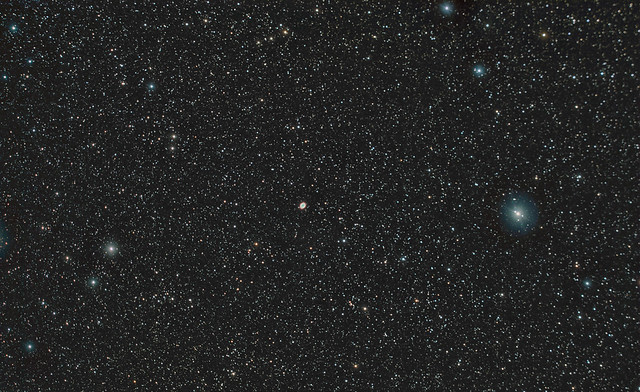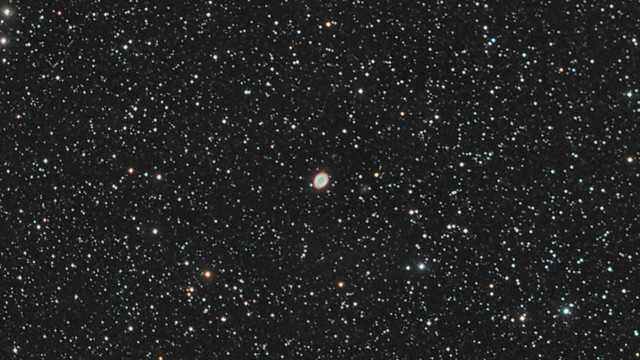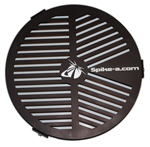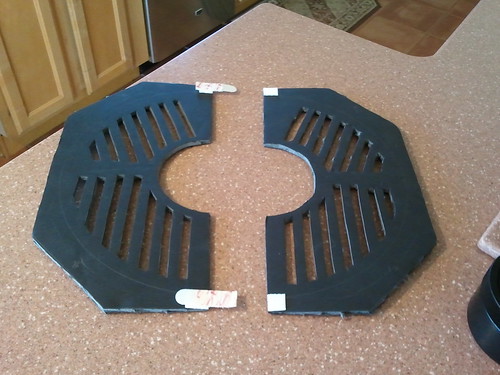I shot 20 exposures at 3 minutes each through the CGEM 1100HD and Hyperstar with my QHY8PRO camera. Data was captured and autoguided with Maxim DL and had the benefit of a Hutech LPS-P2 light pollution filter helping out as well. The original stack of the data looks like this before any post-processing:

NGC4565 Gradient by Mike Wiles, on Flickr
I've been experimenting with doing more of the heavy-lifting type processing in Maxim DL prior to moving over to Photoshop to finish the image.
In Maxim DL:
- A slight crop of the image to remove the ragged edges from dithering.
- Auto Remove Gradient
- Auto Flatten Background
- Color Balance
- Remove Background Color
- Log Stretch
- Gamma Stretch
- Save as .tiff and get on with Photoshop
In Photoshop CS5 I did the usual Curves, Levels, Saturation work and saved to a .jpeg Here is the outcome of that processing in the 2.5 degree by 1.5 degree field of the Hyperstar.

NGC4565 Wide Field by Mike Wiles, on Flickr
And finally, a 100% crop of the central area.
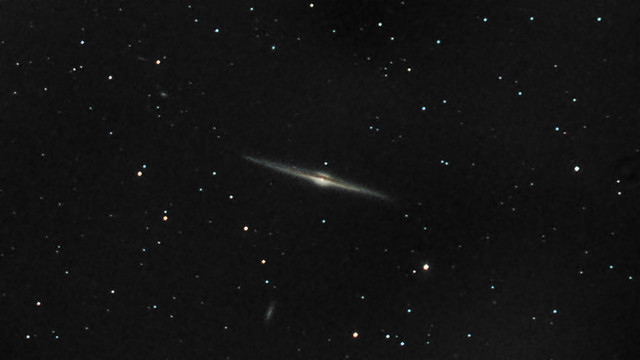
NGC4565 Closeup by Mike Wiles, on Flickr
You can see that the image at full resolution is pretty darn noisy from the less than awesome shooting conditions and processing, but it was still a fun shot to process. Using the wide field shot to mask some of that noise gives me an image I'm pretty happy with. Like my recent M57 shot, I don't think this is something I would go out of my way to shoot with the wide field of the Hyperstar, but it's an interesting shot now that I look at it.
I actually took the shots to take some measurements on whether or not using Periodic Error Correction has a positive influence on autoguided images. I haven't studied the data enough yet to offer my own conclusion. I'll cover that in a future post. Please feel free to throw rocks at my images and tell me about it.
Can you tell that I really need to get to a dark sky with some decent weather conditions? I don't know how some of you do it living in places where you go months without being able to image. My hat is off to you for your patience.
